Why Lose Weight Prior to Hip Replacement
From friends and friends of my parents I have learnt it is advisable to lose weight prior to hip replacement operation. Load-bearing exercises and shock loads are impossible.
Rowing machine is great all-round exercise but causes pain. Swimming – based on the breast-stroke is nearly impossible – due to defects in hip joint since birth.
So why lose weight?
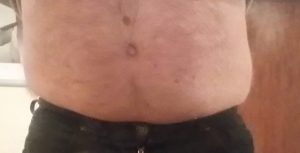
The hip joint is a weight bearing joint, therefore weight loss will reduce stress on your joint. Weight loss has many benefits for your body including your heart, brain, muscles and bones. Maintain healthy weight will keep you healthy and reduce problems post surgery. The right combination of gentle exercise and restricted calorie intake can offer relief to the joint through weight loss.
Weight loss can also reduce other medical concerns applied to obesity – hypertension, diabetes, circulation problems, fatigue and sleep disorder. Leading up to the operation losing weight will ease pain in the short-term – due to lighter load to support.
Beginning an exercise program before your surgery can greatly enhance your recovery period.
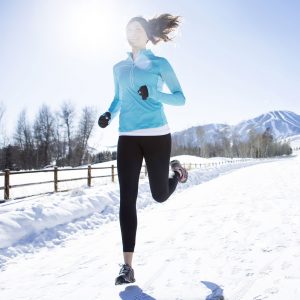
Exercise is one of 2 methods in weight loss prior to hip replacement.
It is highly recommended to exercise in the following 3 areas:
1. stretching;
2. muscle strengthening;
3. general fitness or aerobic activity
1. Stretching
– Sit on the floor with your legs out in front of you.
– Separate them out to the sides as far as they will go and hold this position for a few seconds.
– Now bring your legs together and bend your knees up to your chest – one at a time, if this is more comfortable.
– Hug your knees to your chest with your arms and keep them there for a few seconds.
– Now stand up and hold on to a table or chair for support.
– Lift one leg and swing it back behind you as far as it will go.
– Repeat with the other leg.
You should try to exercise one to two times a day, every day, before surgery. Do five repetitions of each exercise. If you are comfortable with the exercise, increase the repetitions by five each week until you reach 20 repetitions (week one: 5 to 10 repetitions, week two: 10 to 15 repetitions and week three: 15 to 20 repetitions).
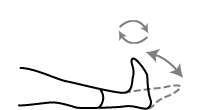 Ankle pumps and circles
Ankle pumps and circles
Pull your toes towards you – ny bending both ankles up, then bend ankles down, pointing your toes away from you. In addition, rotate each foot clockwise and counterclockwise, keeping your toes pointed toward the ceiling.
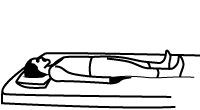 Thigh squeezes (quadriceps sets)
Thigh squeezes (quadriceps sets)
Tighten the muscles on the front of your thigh by pushing the back of your knee down into the bed. Hold for 5 seconds and relax. Repeat with opposite leg.
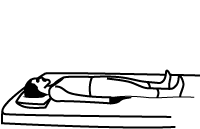 Buttocks squeezes (gluteal sets)
Buttocks squeezes (gluteal sets)
Tighten your buttocks muscles by squeezing the muscles together. Hold for 5 seconds and relax.
Alternatively, lie on your back, sit or stand (you can do these discretely anywhere!)and squeeze your butt cheeks together as tightly as you can. Pretend you are squeezing a fifty pound note!! There, I got you to squeeze even tighter right?
 Heel slides (hip and knee flexion)
Heel slides (hip and knee flexion)
Bend your hip and knee by sliding your heel up toward your buttocks while keeping your heel on the bed. Slide your heel back down to the starting position. Keep your kneecap pointed up toward the ceiling during the exercise. You may want to use a plastic bag under your heel to help it slide easier. Repeat with opposite leg.
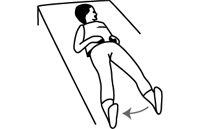 Leg slides (abduction/adduction)
Leg slides (abduction/adduction)
Slide your leg out to the side, keeping your kneecap pointed up toward the ceiling. Slide your leg back to return to the starting position. You may want to use a plastic bag under your heel to help it slide easier. Repeat with opposite leg.

Lying kicks (short arc quadriceps)
Lie on your back with a 3-pound coffee can or rolled blanket under your knee. Straighten your knee. Hold for 5 seconds. Slowly lower your leg down and relax. The back of your knee should stay in contact with the can/blanket during the exercise. Repeat with opposite leg.
 Bed mobility exercise
Bed mobility exercise
Lie flat on your back. Come up on both elbows. Straighten arms out behind you and come to a sitting position. Lower yourself down onto your elbows again, then down to lying flat.
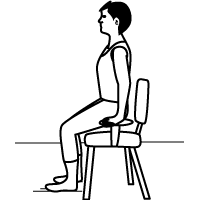 Chair push up
Chair push up
Sit on a sturdy chair with arms or in a wheelchair. Grasp the arms of the chair. Push down on the chair arms, straightening your elbows so that you raise your buttocks off the seat of the chair. Hold for 5 seconds. Lower yourself slowly back into the chair. If your arms are weak at first, use your legs to help raise your buttocks off the chair.
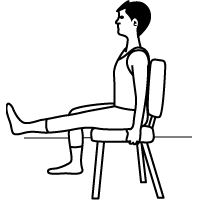 Sitting kicks (long arc quads)
Sitting kicks (long arc quads)
Sit in a sturdy chair. Lift your foot, straightening your knee as much as possible. Try to keep your knees level, as if you were holding a tray on your lap. Hold for 5 seconds. Slowly lower your leg down and relax. Return to the starting position and repeat with opposite leg.
 Straight leg raises
Straight leg raises
Bend one of your legs with your foot flat on the bed. Raise your opposite leg up (about 12 inches), keeping your knee straight. Hold briefly. Progress to holding for 5 seconds. Slowly lower your leg down and relax. Repeat with opposite leg.
2. Muscle strengthening
Aquarobics, where you are immersed in warm water, is an excellent way to build strength because the joints are supported by the water, yet your muscles are being used.
Try running on the spot in the pool and kicking your feet while you hold onto the side.
Alternatively, use the following gym machines.
Cycling is an excellent exercise for the thigh muscles. You can use:
- a static bicycle with a raised saddle so that the knees are not too bent
- a recumbent bicycle that supports your back, again keep the legs fairly straight.
Using a cross-trainer or a rowing machine is also a good way to build strength, and the latter can be used with fixed or non-sliding seat to ease pressure on the hip joints. (Note: need to find rowing machine with non-sliding seat!!)
3. General fitness or aerobic activity
For aerobic activity, swimming is good. In addition to the cycling, any upper body exercise will keep you fit all over.
The best activity to take the load off your hip is anything done in the water! Water therapy classes are offered at many health clubs. Water buoyancy decreases the load-bearing of the hips.
To summarise, weight loss is beneficial to the joint replacement and your overall well-being.
Have you had a knee or hip replaced, if so what did you find help recovery post joint replacement?

Amazing blog full of useful information!
Thanks for your honest reply.
Stay connected for more updates.